Introduction & Analysis
This collection of open-source English-language news articles published over the past week highlights significant events and issues concerning Myanmar. They present a snapshot of the country's safety and security landscape.
As with the previous week, this reporting period continued to be dominated by the March 28, 2025, earthquake and its aftermath.
The ongoing conflict presents significant risks to aid organizations attempting to assist in earthquake-affected areas, worsening the humanitarian crisis caused by the ongoing civil war. The junta's emphasis on controlling aid distribution and its restrictions on access to affected regions, including for journalists and aid workers, impede relief efforts and intensify safety concerns for civilians. Despite announced ceasefires, fighting persists, with the junta's military operations, including airstrikes and artillery bombardments, continuing unabated. Furthermore, there are reports of the military restricting access to quake-hit regions and obstructing volunteer rescue efforts. The junta's own security apparatus has been compromised by the earthquake, potentially diminishing its internet surveillance capabilities. Finally, reports of looting in urban areas following the earthquake further highlight the deterioration of basic safety and security.
Conflict

MNDAA forces strip Lashio General Hospital of equipment as they prepare to leave city
As the Myanmar National Democratic Alliance Army (MNDAA) prepares to withdraw from Lashio, the largest city in northern Shan State which it captured eight months prior, it has begun removing machinery and medical equipment from Lashio General Hospital. This withdrawal, expected by April 21st, follows pressure from China to return control of the city to Myanmar’s military junta. Consequently, most of the hospital staff have relocated to Hsenwi, and the hospital is no longer accepting new patients. While MNDAA troops will leave Lashio's urban wards, they will maintain control over surrounding villages and some roads, and retain a police presence. The fall of Lashio to the MNDAA was a major defeat for the junta as it was the headquarters of their Northeastern Regional Military Command.

MNDAA to Surrender Lashio but Hold Surrounding Country
Under pressure from China, the MNDAA has agreed to surrender Lashio to the military junta, but its troops will remain stationed around the city, effectively restricting the junta's movements. The China-mediated agreement prevents the regime from conducting military operations in and around Lashio, with their movements closely monitored. In return for withdrawing from 12 wards, the MNDAA will maintain positions near key military bases and roads connecting Lashio to other townships. The MNDAA’s Lashio administration will remain with a liaison office, and China will send a representative to monitor the situation, while Lashio's public hospital will be jointly run by China and the UWSA. This deal has sparked fear among locals, and China pressured the MNDAA by threatening to close border crossings to resume trade.
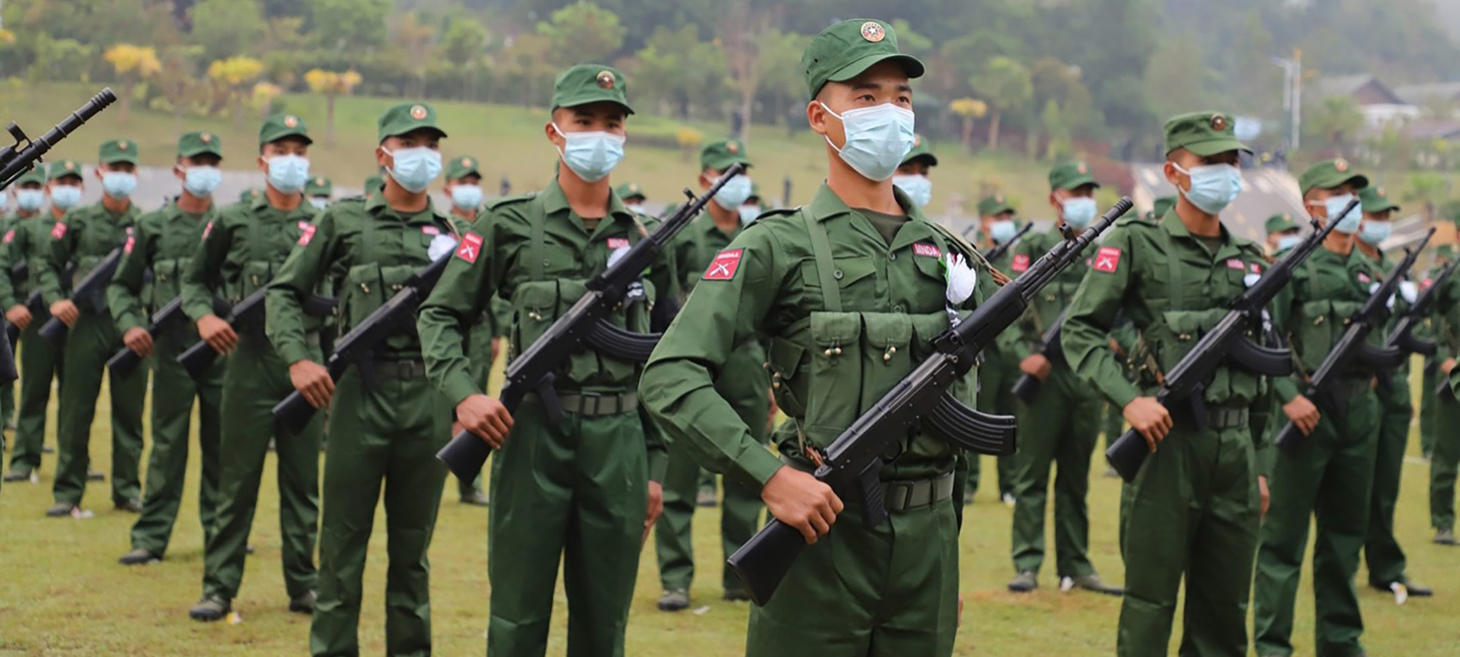
Anger as MNDAA Under Chinese Pressure Prepares Lashio Retreat: Sources
Under alleged Chinese pressure, the Myanmar National Democratic Alliance Army (MNDAA) will reportedly retreat from Lashio, the capital of northern Shan State, by April 22. This decision purportedly follows Beijing's threats to close borders to MNDAA-held areas and the junta's threat of airstrikes after failed Chinese-brokered talks. Sources indicate the MNDAA will likely retreat from 12 Lashio wards but maintain control of surrounding villages. China's pressure is significant due to the MNDAA's financial and familial ties to China, making border closures impactful. While the MNDAA allowed some regime departments to return, its military and police presence remained. This retreat is opposed by Lashio residents and other resistance groups who participated in seizing the city from the regime, which had repeatedly bombed it. The situation in northern Shan State is expected to become complicated following the MNDAA's withdrawal, despite their role as part of the Brotherhood Alliance that successfully launched Operation 1027 and seized significant territory, including Lashio and key trade routes.

Junta Defies Ceasefire, Continues Bombings Amid Earthquake Recovery Efforts
Despite a declared ceasefire intended to aid recovery from a devastating earthquake, the Myanmar junta (SAC) has intensified airstrikes and drone attacks across multiple regions, including Shan State. This defiance of the ceasefire has led to the displacement of civilians and is undermining humanitarian efforts. Specifically, the military and its allied PNO militia launched attacks in Nyaungshwe Township, and SAC forces conducted airstrikes in Mongkut Township, even though the TNLA had declared its own unilateral ceasefire. These ongoing attacks violate the initial agreements for a pause in hostilities following the earthquake and are hindering critical aid delivery to affected communities.
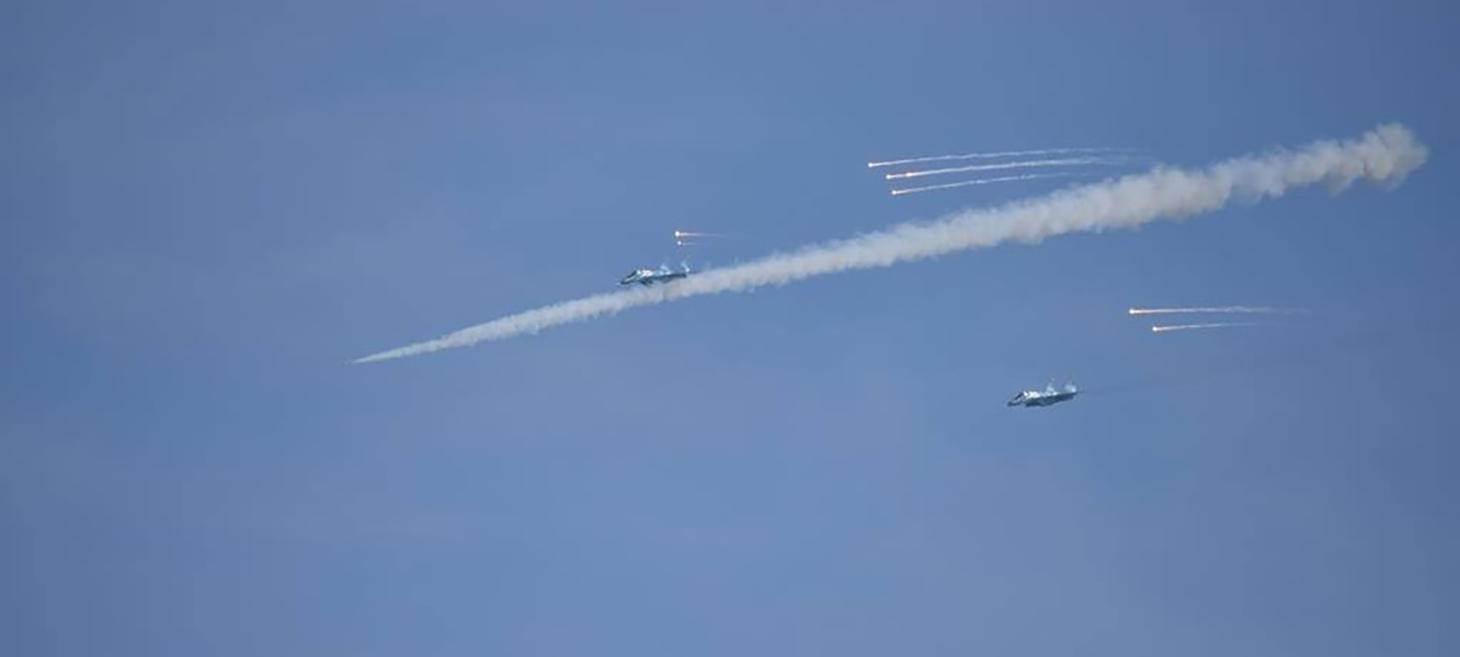
Myanmar Junta Airstrikes Breach Quake Ceasefire
Despite declaring a 20-day ceasefire until April 22 for earthquake relief operations following a 7.7-magnitude earthquake that claimed over 3,000 lives (later rising to 3,600), Myanmar's junta conducted airstrikes in Sagaing Region and Kachin State just hours after the declaration. This occurred even after China urged the regime to ensure the safety of earthquake relief workers. The airstrikes targeted KIA-held areas like Bhamo and resistance territories in Indaw and Homalin townships, and clashes continued between the KIA and the regime in Waingmaw Township. The NUG reported that the junta launched 32 airstrikes on 11 locations in quake-hit regions in the five days after the earthquake, causing civilian casualties. Earlier, the junta had rejected a ceasefire from resistance groups, but the KIA announced its own ceasefire until April 20, excluding defensive actions. Myanmar also suspended tourist visas after the quake.

Junta Ramps Up Kachin State Attacks Following Earthquake
Following a 7.7-magnitude earthquake in central Myanmar on March 28, 2025, the Kachin Independence Army (KIA) paused its military operations on humanitarian grounds. However, the junta has exploited this period by ramping up its military activities in Kachin State, including intensified fighting and daily airstrikes and artillery attacks in Bhamo Town and KIA Brigade 9 territory. Ground offensives also increased in Waingmaw Township, leading to clashes around Warshang village. Additionally, fighting occurred near Lawa Village in Hpakant Township between the junta and a KIA-led coalition. Despite urgent needs for earthquake relief in other regions, the junta has used the disaster as an opportunity to escalate attacks in Kachin State. The National Unity Government (NUG) and several other ethnic armed organisations (EAOs) have also announced temporary halts to their offensives.
Corruption

Rubber Cronies: How Junta Boss’ Son Profits From Tire Business
Aung Pyae Sone, the son of Myanmar's junta boss Min Aung Hlaing, significantly profits from the country's tire and rubber market through a network of companies he controls, with Maung Maung Naing acting as a key business associate. His company, YHI Aung, has effectively monopolized the car tire and engine oil markets, importing brands like Yokohama and Dunlop. Money from this business also flows through his Capital Ace Company, which formed a secret partnership with the sanctioned military-owned conglomerate Myanmar Economic Holdings Limited (MEHL). MEHL's "Tristar" tires have been rebranded as "Joker" and are exclusively distributed by Aung Pyae Sone's Capital Ace and CRV, a move seen as an attempt to conceal their military origin amidst international sanctions. This revelation highlights the junta's continued exploitation of resources for personal gain.
Economy

Myanmar garment manufacturers warn US tariffs imperil quake recovery
Myanmar's garment manufacturers are warning that new US tariffs, set to take effect on Wednesday and imposing a 44 percent tax on imports, will severely impede the country's recovery from a recent devastating earthquake that has killed over 3,600 people and injured more than 5,000. The Myanmar Garment Manufacturers Association (MGMA) expressed "considerable concern" about the tariffs' impact on the industry, which employs over 500,000 people, mostly young women, especially given the existing economic challenges stemming from a four-year civil war and international isolation following the 2021 coup. The MGMA has requested the United States to consider a more lenient rate in light of these multiple crises. The tariffs are seen as another blow following previous foreign policy decisions by President Trump that have already negatively impacted Myanmar, including the pausing of a refugee scheme and cuts to humanitarian aid.
Foreign Affairs
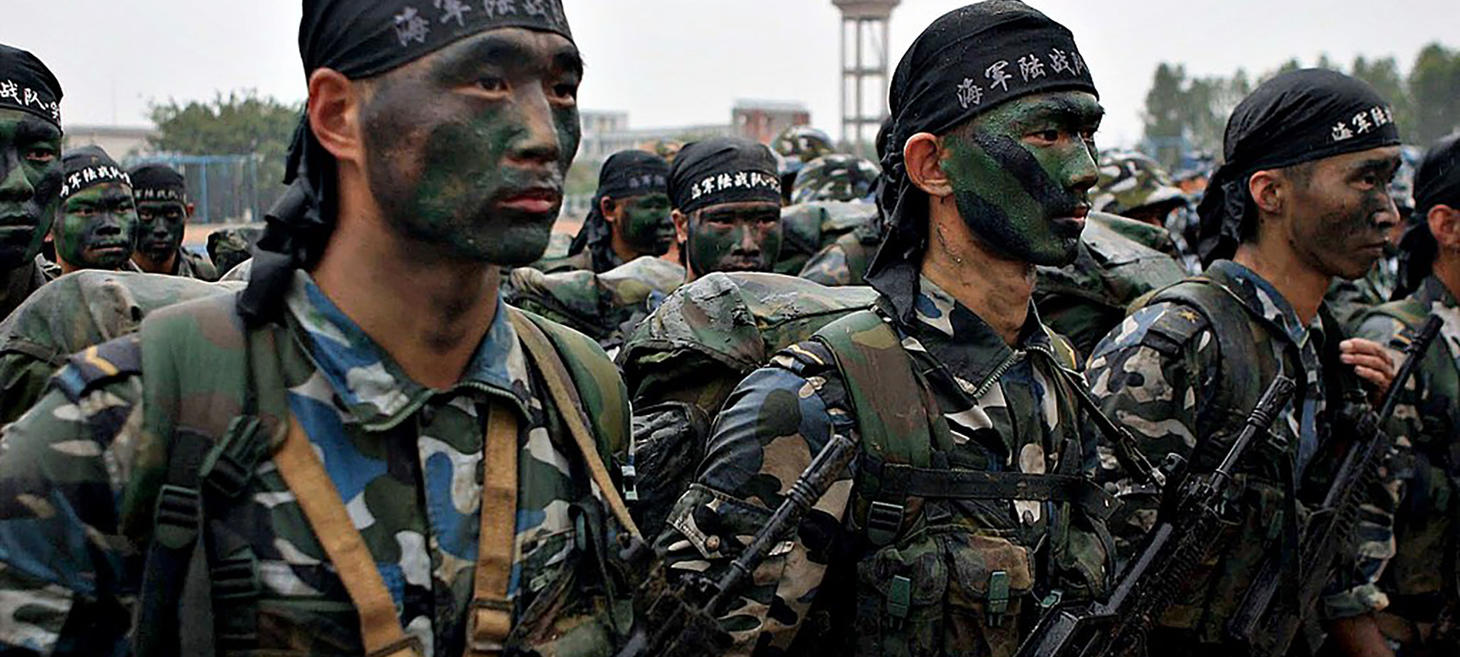
Examining the Role of Private Security Firms in Chinese Force Projection
China is increasingly deploying private security companies (PSCs), often with ties to the People's Liberation Army (PLA), to protect its citizens and interests abroad in response to growing security threats. This approach allows China to maintain influence without direct military involvement, as seen in agreements with PSCs in Pakistan for the China-Pakistan Economic Corridor (CPEC) and a joint security arrangement involving PSCs in Myanmar. Concerns have been raised about the potential threat to national sovereignty in these countries. The rise of these PSCs, which offer a range of services including armed protection, reflects China's strategic approach to safeguarding its expanding global operations and personnel. Some observers view this deployment as a form of expanding influence, potentially resembling historical foreign interventions, and contributing to strategic competition with other global powers.
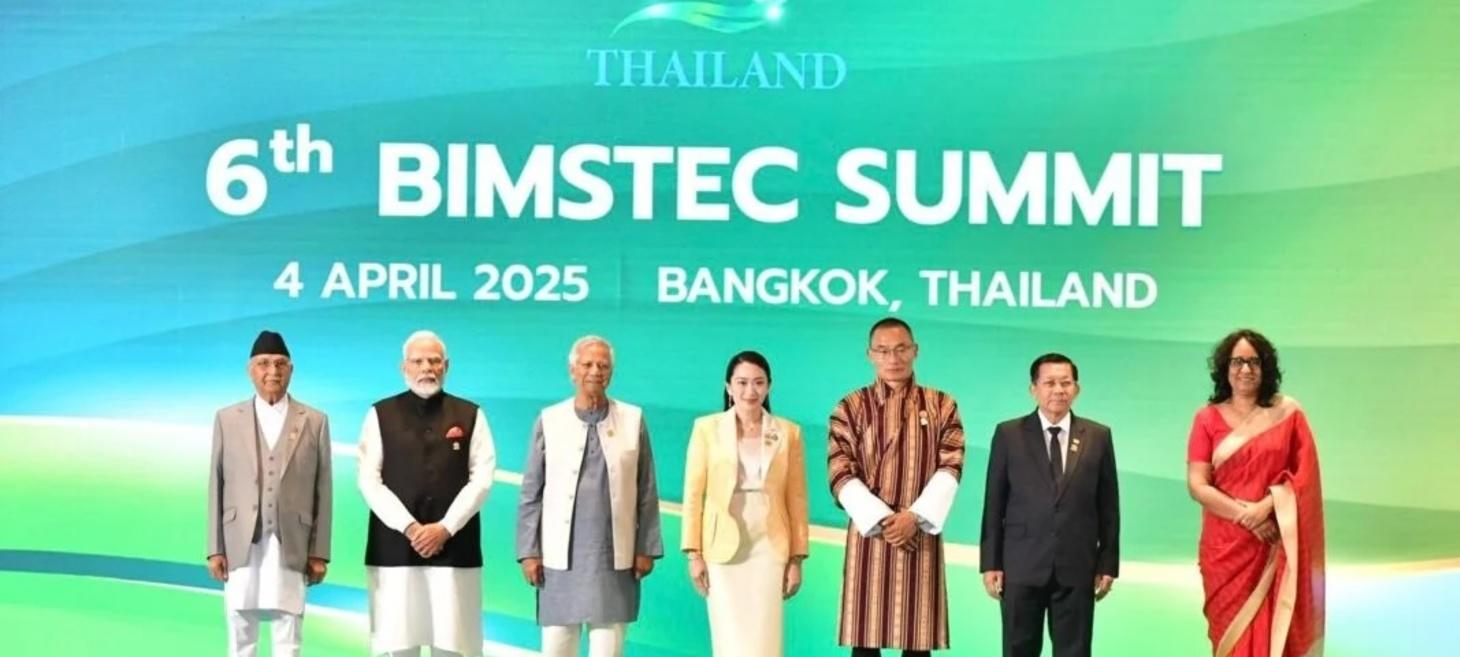
BIMSTEC LEGITIMIZES MYANMAR MILITARY COUNCIL: General Min Aung Hlaing in Thailand
General Min Aung Hlaing, leader of the Myanmar military council (SAC), attended a Bay of Bengal Initiative for Multi-Sectoral Technical and Economic Cooperation (BIMSTEC) meeting in Thailand at the invitation of the Thai PM. This move is viewed by some as legitimizing the SAC despite its human rights and war crime record, potentially undermining ASEAN's stance on engaging with the junta. The visit occurred shortly after a devastating earthquake in Myanmar. While both the SAC and anti-junta forces, including the National Unity Government (NUG) and the Three Brotherhood Alliance, announced unilateral ceasefires following the earthquake, reports indicate continued airstrikes and military operations by the junta. International humanitarian aid has been pledged and delivered, but its distribution faces significant challenges due to infrastructure damage, ongoing conflict, and security concerns.
General News
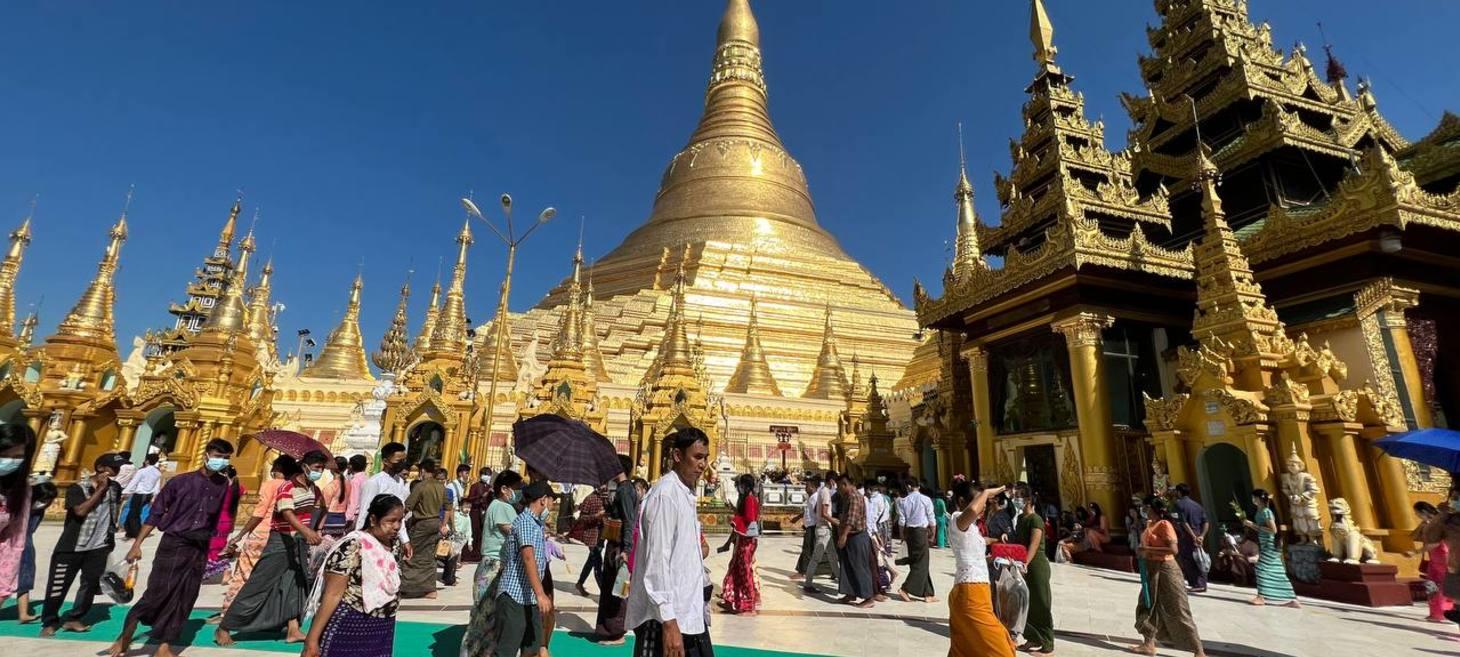
Myanmar junta suspends tourist visas amid ongoing earthquake recovery
The Myanmar junta has temporarily suspended all tourist visa applications following a 7.7-magnitude earthquake that struck central regions on March 28, 2025. The suspension, effective April 3, 2025, is attributed to the earthquake's widespread impact and ongoing recovery efforts, according to the Ministry of Immigration and Population. While business visas will continue to be processed, critics view the move as another way to restrict foreign visitors and the press, especially given the junta's information blackout in the hardest-hit areas and prohibition of access for international journalists. The junta claims this is due to a lack of basic services, but others believe it is to suppress independent reporting on their disaster response. The earthquake has reportedly caused approximately 3,600 deaths and over 5,000 injuries, and human rights groups are condemning the information lockdown and calling for unrestricted access for aid workers and journalists. Travelers are advised to delay visits until further notice.
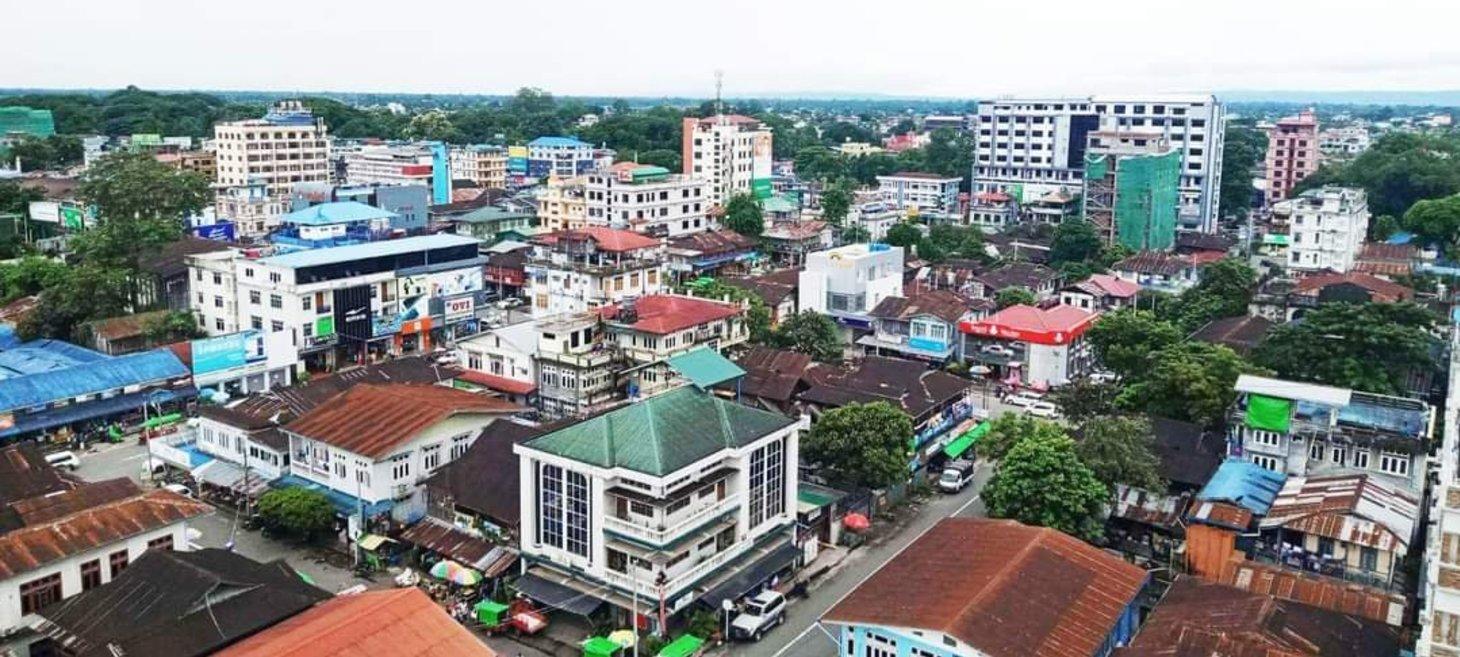
Mytkyina Faces More Power Outages
Myitkyina City, the capital of Kachin State, is facing severe electricity outages, particularly during the hot season, which have worsened since the July 2024 floods. The electricity supply has been reduced from an eight-hour on/off rota to only six hours of power followed by twelve hours of blackout. This reduction is making it difficult for residents and displaced people (IDPs) to perform essential tasks like cooking and pumping water, with IDP camps being particularly affected due to low voltage issues when power is available. Reasons for the outages and low voltage include damaged insulators on the junta's national grid, reduced power generation from the Chipwi Dam due to low water levels in the hot season, and rumours of deliberate power reductions by the junta to boost solar panel sales. Consequently, there has been a rise in nighttime theft due to the extended blackouts.
Humanitarian
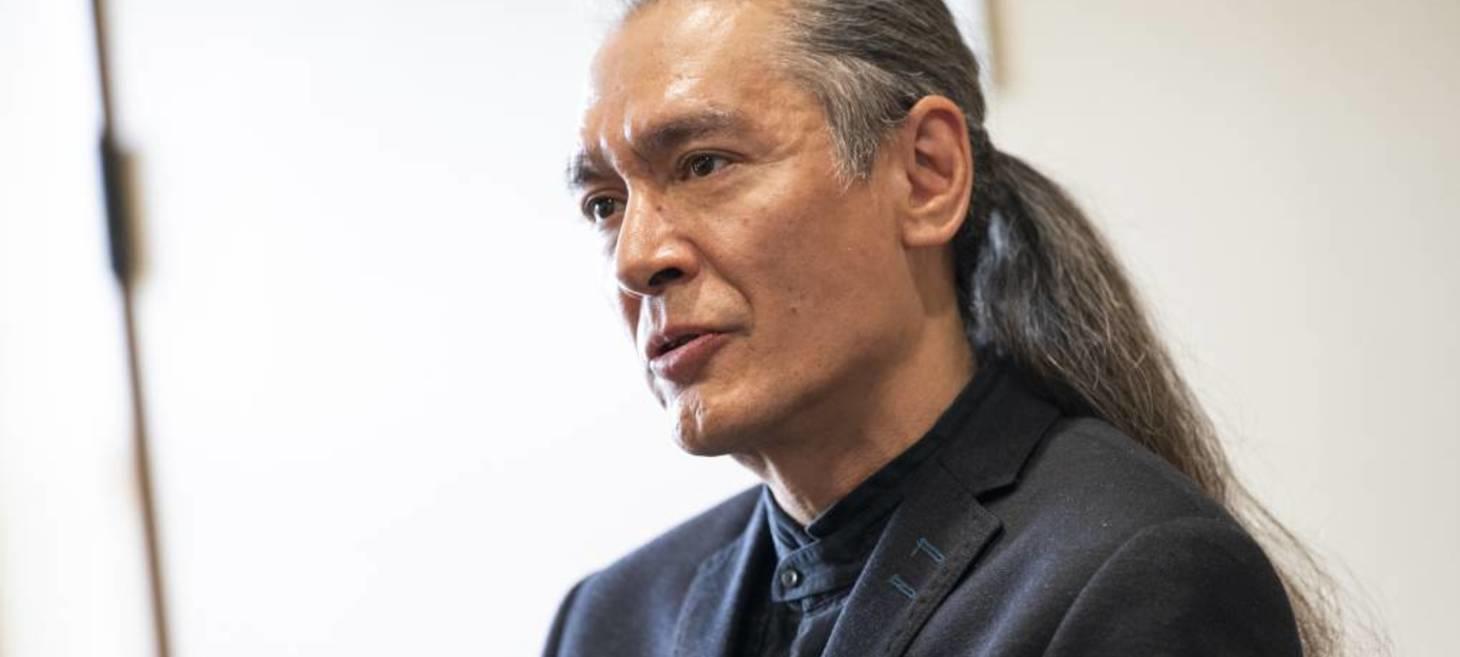
In Bay Area Visit, Son of Myanmar’s Ousted Leader Calls for Aid After Earthquake
Kim Aris, the youngest son of Myanmar’s ousted pro-democracy leader Aung San Suu Kyi, visited the Bay Area to call for humanitarian aid following the recent devastating earthquake in Myanmar. During his visit, including a fireside chat at Stanford University, Aris also spoke out on behalf of his mother, who remains imprisoned by Myanmar's military junta since the February 2021 coup. He emphasized the ongoing civil war and the difficulties in confirming his mother's well-being, while also urging the world not to forget Myanmar and its people.

Global Response to Myanmar Earthquake Shines Light on Strategic Rivalries
Following the devastating earthquake in Myanmar, Russia and China, the junta's closest allies, were the first to provide international rescue teams, followed by other nations like India, Thailand, Singapore, Japan, and Nepal. Taiwan's offer of aid was declined to avoid upsetting China. Interestingly, the US initially pledged a small amount of aid but later increased it, despite having dissolved USAID and halted some assistance programs in the region. The international response highlights the rivalry between China and Russia for influence in Myanmar and a potential shift in US policy under Trump to counter China's growing power, possibly even using Russia as an intermediary.

Where Is the United States? An Earthquake in Myanmar Is the First Test of President Trump’s Emergency Aid Cuts
A 7.7-magnitude earthquake struck war-torn Myanmar, exacerbating an already dire humanitarian situation with over 3,500 deaths and hindering aid access due to the military government. While countries like China, Russia, and India provided initial aid, the overall response has been insufficient. The earthquake serves as the first major test of the Trump administration's drastic cuts to U.S. foreign assistance, resulting in a significantly reduced U.S. response compared to past crises like the Turkey earthquake in 2023, where a large DART team was quickly deployed. The U.S. announced a much smaller amount of aid, and its disaster response capabilities have been weakened by staff layoffs and restructuring at USAID. This reduced humanitarian footprint in Myanmar sends a message to other countries about the United States' diminished role in disaster response, potentially impacting its influence and relationships with key partners in the Indo-Pacific region.
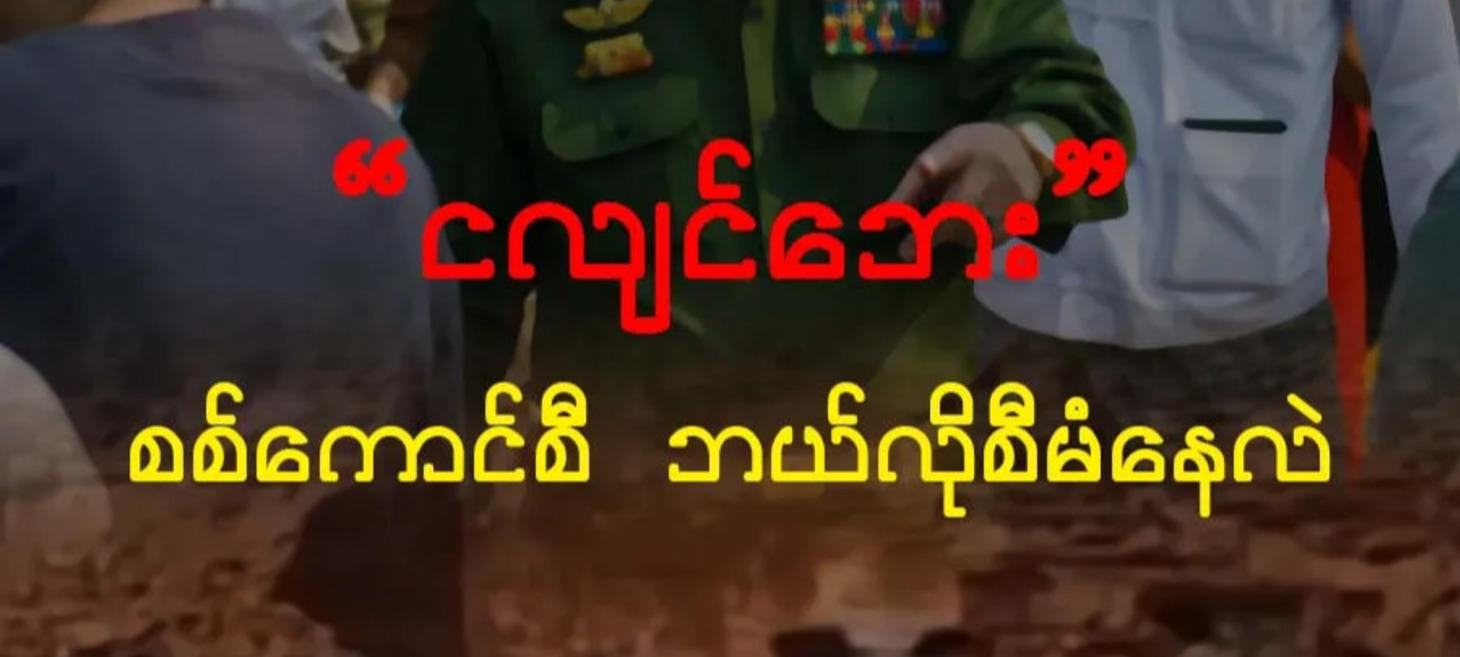
No Junta Assistance for Earthquake Victims
Following the March 28, 2025 earthquake in central Myanmar, which caused widespread destruction and loss of life in regions including Mandalay, Sagaing, Naypyidaw, and southern Shan State, the junta has provided no assistance to affected areas in the ten days following the disaster. Despite visiting damaged areas like Mandalay and Naypyidaw, and deploying armed troops who only patrolled instead of helping, the junta has not initiated effective relief efforts. This lack of responsiveness is partly attributed to the junta's prioritisation of military spending over disaster relief funds, having even depleted the funds saved by the previous NLD government. While the junta claims to be providing security, locals report their urgent need is for aid, not armed personnel. There are also concerns about the effective distribution of the $136.88 million in international aid received by the junta.

Myanmar and the Gutting of USAID
The Trump administration's freeze on foreign aid has significantly impacted Myanmar, particularly following a major earthquake in March 2025. This "gutting of USAID" has halted funding for essential programs, including earthquake relief, healthcare, human rights, democracy, media support, and education. The freeze led to the closure of USAID-funded health facilities, resulting in at least one reported death, and has reduced food rations for vulnerable populations, including Rohingya refugees. Critics have described the aid freeze as "recklessly abrupt" with "catastrophic" consequences, potentially benefiting authoritarian regimes like China and Russia. While some hope for a reversal or alternative aid strategies, the immediate impact of the funding cuts has been a severe blow to Myanmar's humanitarian landscape amidst ongoing conflict and displacement.
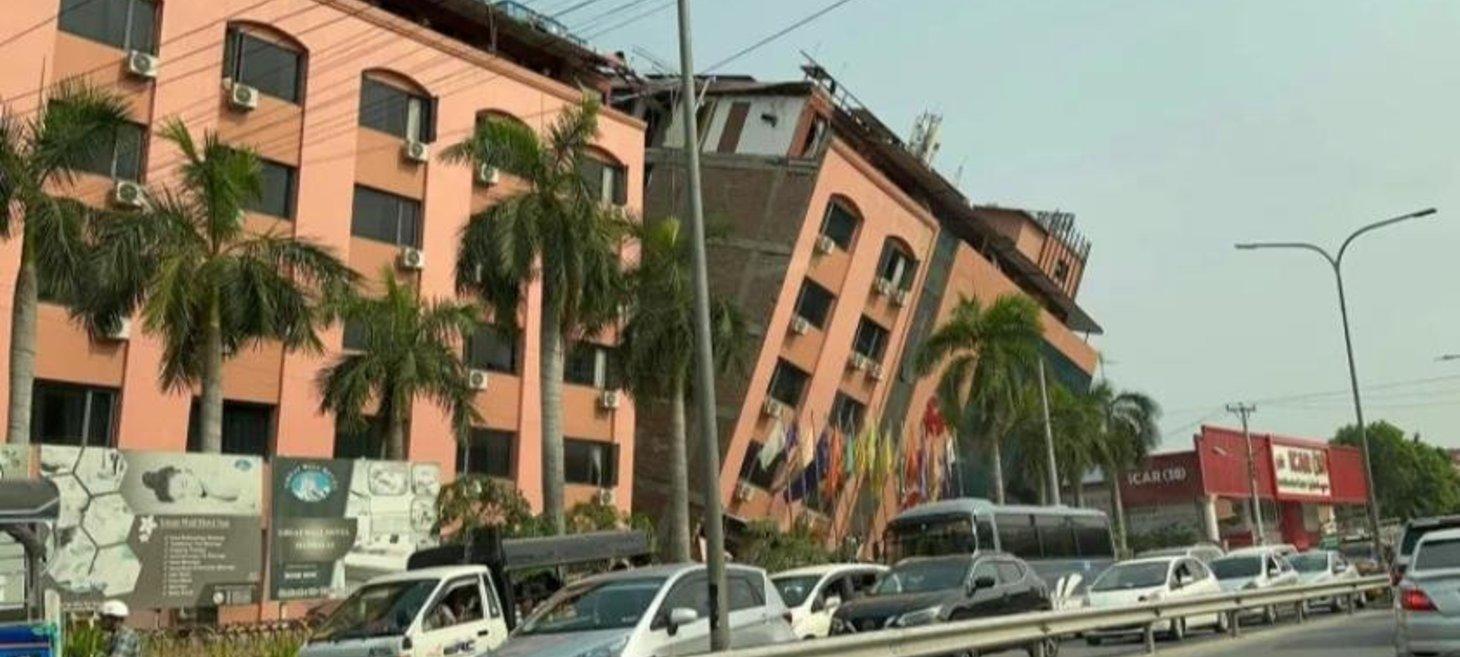
Kachin Charities Join Earthquake Relief
Following a powerful 7.7-magnitude earthquake in Sagaing Region on 28 March 2025 that caused widespread damage in areas like Sagaing, Mandalay, and Naypyidaw, Kachin charities including the Kachin Baptist Church (KBC), Lift for Youths 3, and the Good Servant Charity Group (GSCG) have raised 163 million kyats (MMK) to help the victims. The KBC, having donated 150 million MMK, is also providing food, shelter, and drinking water to around 200 people in Mandalay. Other groups like Lift for Youths and GSCG are also contributing financially and with on-the-ground support, reflecting a desire to reciprocate the help Kachin people received during their own hardships. Additionally, Kachin communities abroad are donating to the relief efforts, emphasizing national unity beyond ethnic and cultural differences.
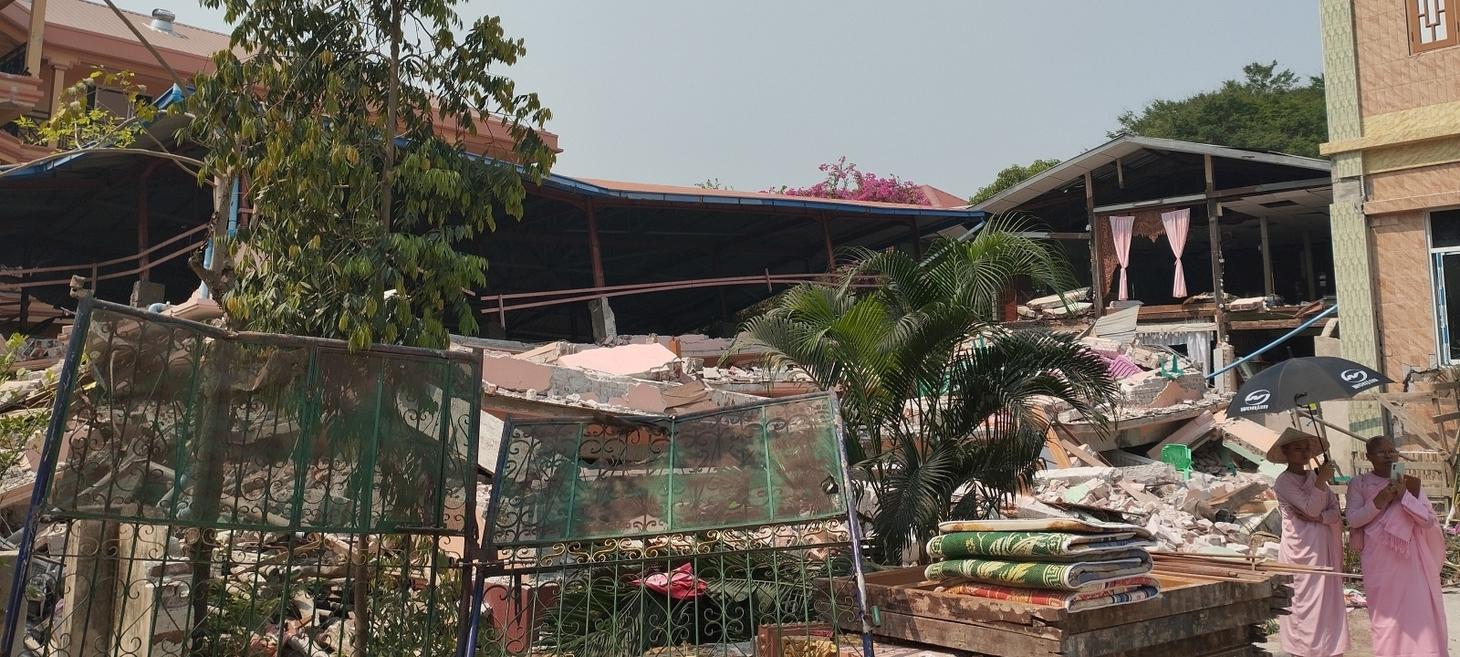
‘We didn’t find anyone alive’: Earthquake buries the faithful at Sagaing religious sites
A 7.7-magnitude earthquake struck Sagaing town, Myanmar, on March 28, causing widespread destruction, especially to mosques and monasteries. These religious sites were filled with worshippers and individuals, including children seeking refuge. The earthquake, followed by a 6.4-magnitude aftershock, led to the collapse of buildings and resulted in an estimated hundreds of deaths. The initial response to the disaster was slow and inadequate, with limited aid arriving in the crucial first few days due to factors such as rumours and a damaged bridge. Local volunteers, using basic tools, were the first to attempt rescues, often only finding dead bodies. By the time significant rescue teams arrived, the 72-hour rescue window had passed, and the focus shifted to recovering bodies. The overwhelmed local hospital faced shortages of staff and supplies while dealing with a constant influx of injured individuals.
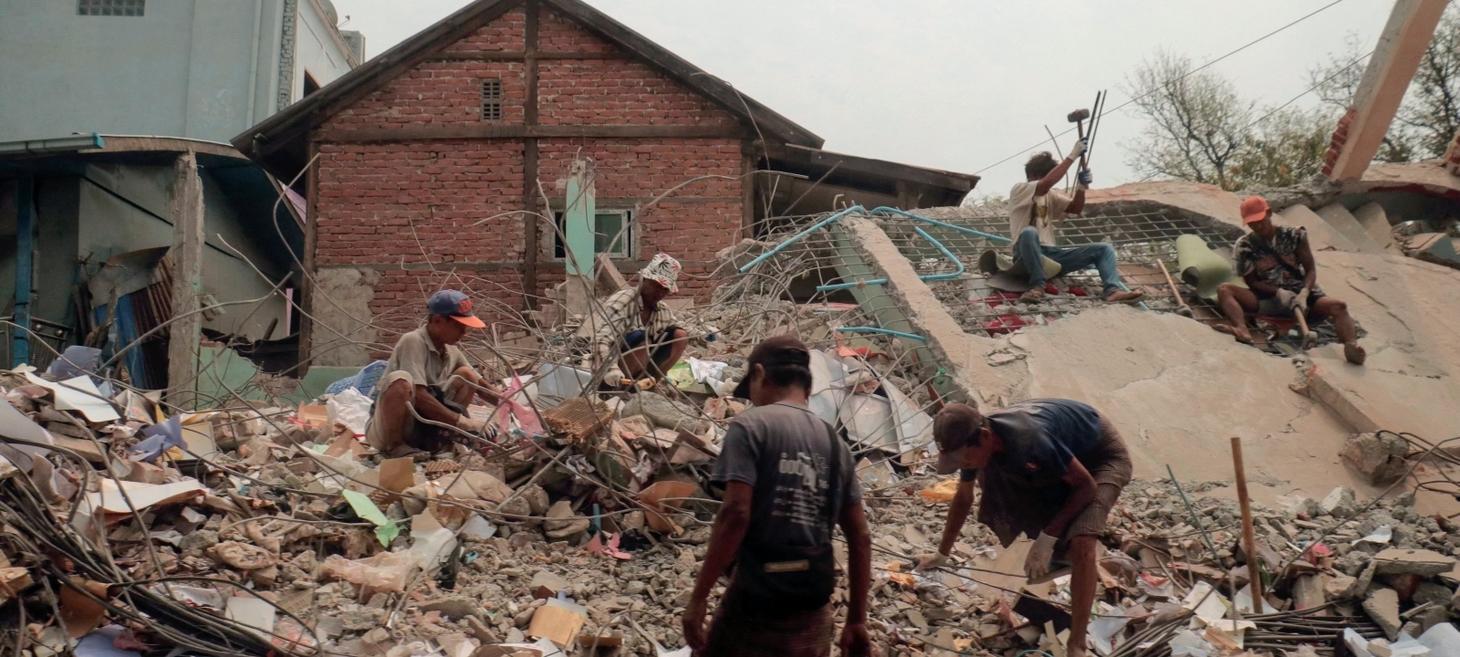
Rain complicates recovery in quake-hit Myanmar as death toll rises
A devastating 7.7-magnitude earthquake struck Myanmar on March 28, causing significant destruction, including razed buildings, power outages, and damaged infrastructure. As of Sunday, state media reported the death toll had risen to nearly 3,500, with over 4,600 injured and 214 missing. Recovery efforts are being complicated by heavy rain, which has soaked tent cities and raised fears of further building collapse, as well as the risk of disease outbreaks due to unsanitary conditions in temporary shelters. The existing humanitarian crisis, exacerbated by years of civil war and unreliable communication networks, further hinders aid delivery. Despite a temporary ceasefire announced by the junta, attacks against rebel groups have continued. The UN is urgently seeking to provide food, water, and shelter to survivors, emphasizing the epic scale of the damage.

Myanmar earthquake: Focus turns to a growing humanitarian crisis
A massive earthquake struck Myanmar on March 28, 2025, killing over 3,300 people and injuring thousands more, exacerbating an already dire humanitarian crisis due to the ongoing civil war. The focus has shifted to urgent humanitarian needs, with the United Nations appealing for increased funding and unimpeded access for aid, as the monsoon season approaches and despite ceasefires declared by the military and some resistance groups, the UN has accused the military of continuing attacks. International aid has been pledged by countries like Britain and the United States, and numerous international search and rescue and medical teams from countries including China, Thailand, Japan, and Bhutan are operating in the affected regions. The earthquake, which also affected neighboring Thailand, has prompted a significant international response to address the growing humanitarian crisis in Myanmar.
Military
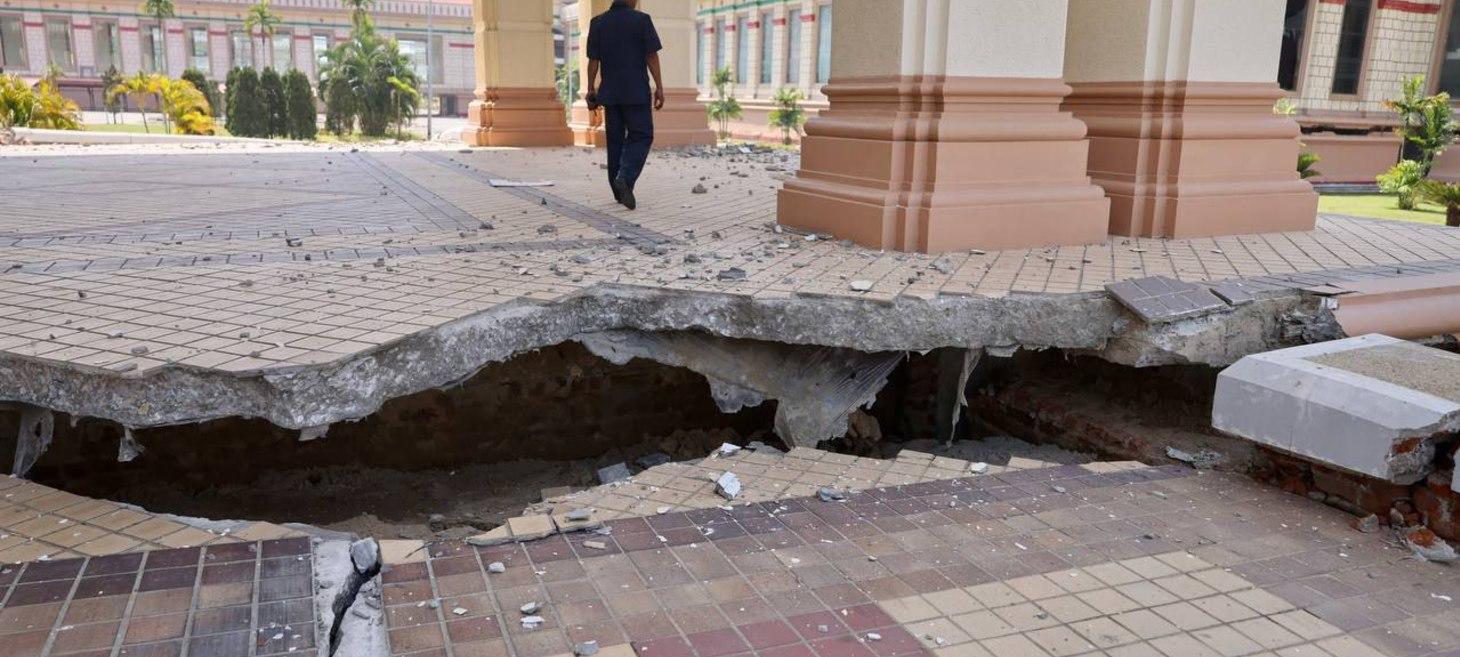
Junta prioritising control over earthquake aid
A devastating earthquake struck Myanmar in late March 2025, severely damaging Naypyitaw and Pyinmana, including government buildings and staff housing, and causing numerous deaths. Despite the widespread destruction and the struggle of survivors to access basic necessities like food and water, the military junta is prioritizing the restoration of its administrative functions over relief efforts, pressuring civil servants to return to damaged offices with limited amenities. While international and local organizations are providing aid, residents report a lack of involvement from the military in rescue and relief operations, and rental prices have surged due to the displacement of people. The earthquake has resulted in over 3,500 deaths as of April 6, and the junta's response is being criticized as neglectful in the face of urgent humanitarian needs.
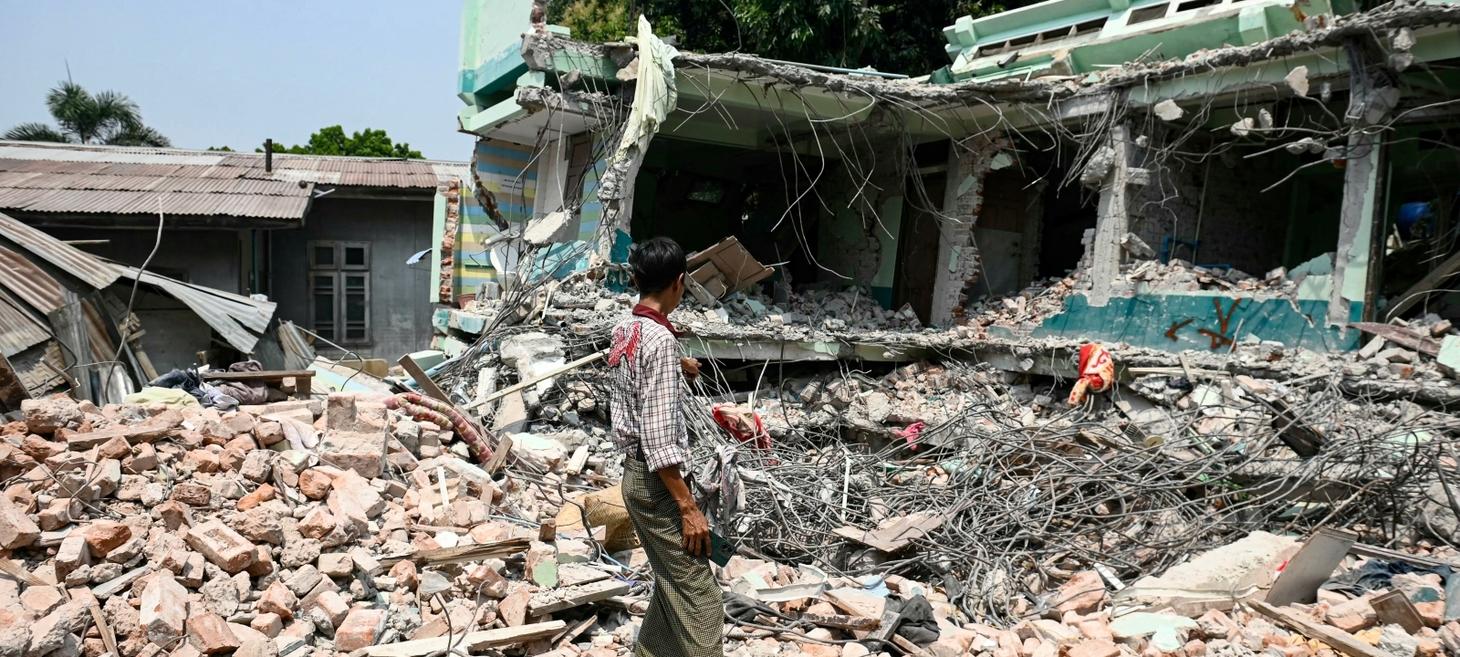
Quake response shows where junta’s priorities lie
Despite a devastating 7.7-magnitude earthquake in Myanmar, the ruling junta, led by Senior General Min Aung Hlaing, appears more concerned with its own survival and diplomatic engagements than with providing adequate relief to the affected population. While the junta announced a ceasefire with caveats, military actions have continued, and troops have largely not been redeployed for rescue efforts. The bulk of the response has come from poorly equipped volunteers, with limited support from junta-employed firefighters. Foreign rescue teams have assisted but sometimes under the regime's direction. Decades of military rule have fostered independent volunteer groups, but the current junta has constrained them. Despite some foreign aid, often channeled through the junta with limited transparency, and a decrease in skilled volunteers, aid workers have managed to reach some communities, although the junta may attempt to exert greater control over relief efforts in the future.
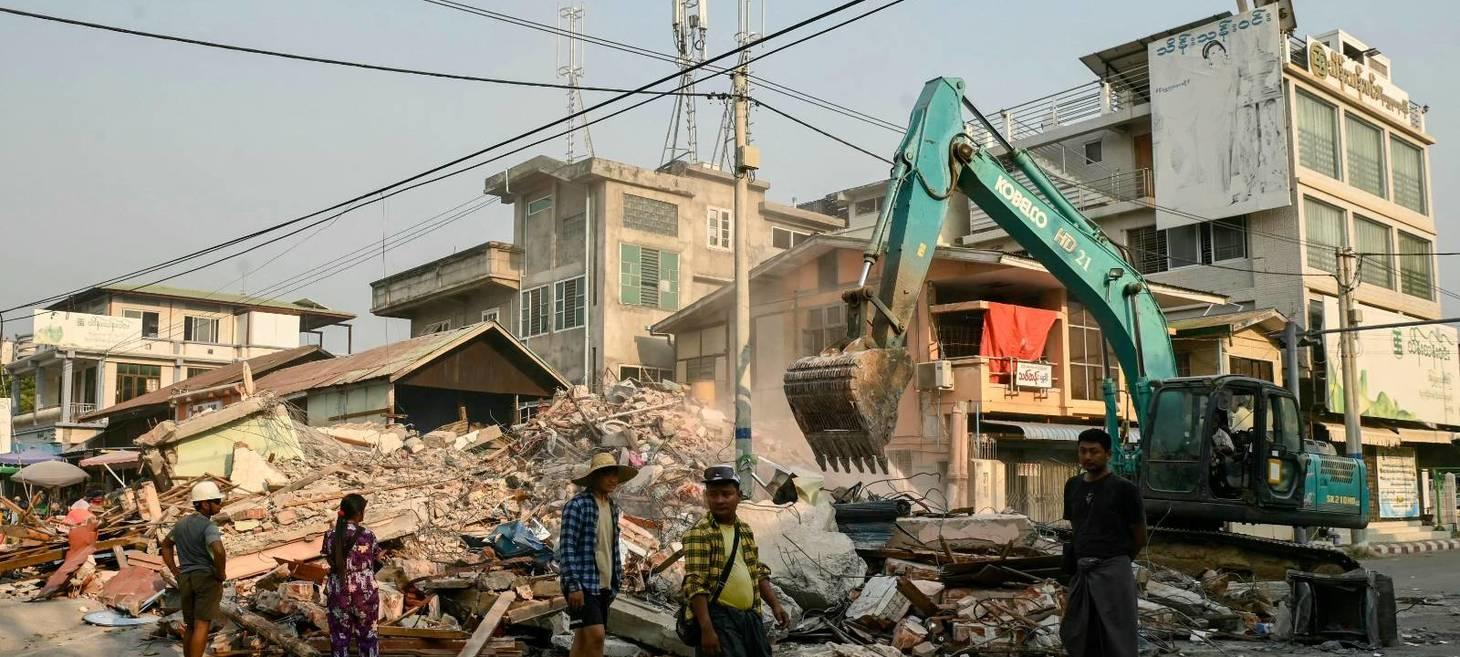
Myanmar military restricts access to quake-hit Sagaing Region
Following the magnitude 7.7 earthquake on March 28, 2025, in Myanmar's Sagaing Region, the military regime has severely restricted humanitarian access, hindering search and rescue operations. Residents report that approval from the junta is required for these efforts, causing significant delays and reliance on manual labor due to a lack of heavy machinery. Volunteer-led rescue teams have faced blockades and intervention from military soldiers, who demand official approval before allowing them to clear rubble. These restrictions have stalled rescue efforts, leaving many victims trapped and contributing to a rising death toll, with at least 693 deaths reported in Sagaing Region alone. While international teams are operating in urban areas, local volunteers face difficulties accessing rural regions, further complicated by the ongoing conflict and conscription, which have reduced available manpower. The military's restrictions are criticized for unnecessarily costing lives and making it incredibly difficult to retrieve dead bodies.
Natural Disaster
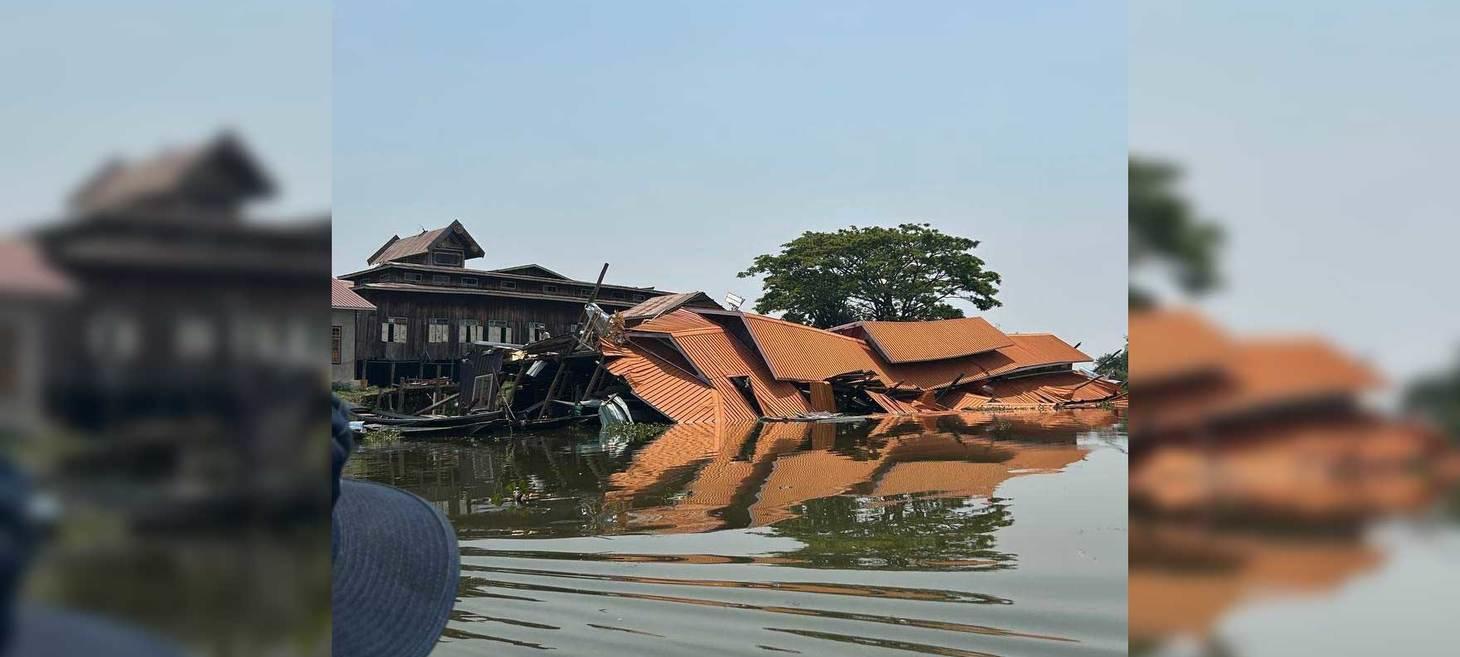
Shan State Pleads for Urgent Aid After Devastating Earthquake
Following a powerful 7.7 magnitude earthquake that struck the Sagaing Region on March 28, 2025, Southern Shan State in Myanmar has been severely affected, experiencing aftershocks and widespread destruction in areas including the Inle region and townships like Panglong, Aungban, and Taunggyi. The disaster has resulted in over 4,212 deaths and more than 6,500 injuries nationwide, with Southern Shan State suffering significant casualties and the destruction of thousands of homes, leaving many without shelter and basic necessities like electricity. While local communities are providing some support, aid from government authorities and international organizations is reportedly scarce, leading to an urgent need for coordinated relief efforts in the affected areas.
Telecommunications
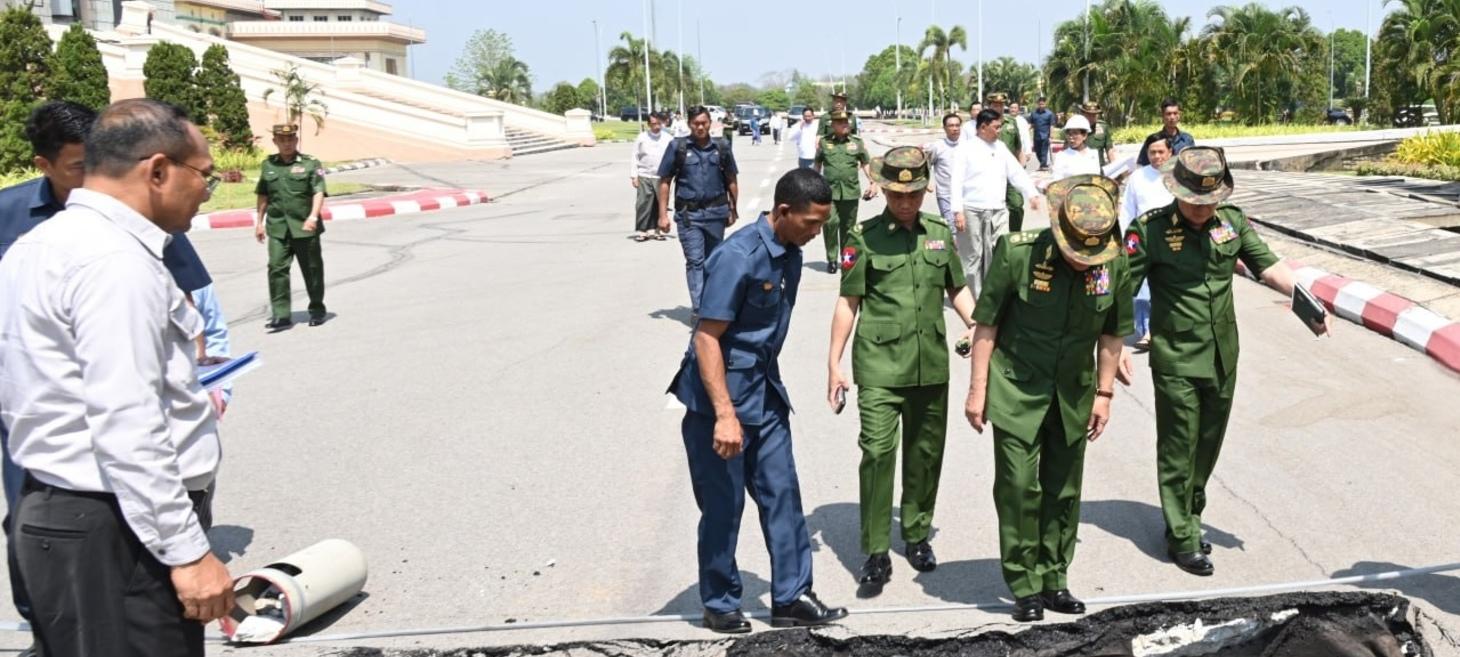
Myanmar earthquake disrupts junta’s cyber operations, weakening internet surveillance
A recent earthquake in Myanmar has severely damaged the junta's National Cyber Security Center and main e-Government data hub in Naypyitaw. This damage has crippled junta-operated communication hubs and left internet and communication services unstable in affected regions. According to the National Unity Government (NUG), this disruption could weaken the junta's grip on internet surveillance, potentially easing online restrictions and disrupting their cyber monitoring tools used to track and arrest dissidents. While repairs are reportedly in progress, the full extent of the impact on the junta's digital systems may be more significant than publicly announced.
Weather & Environment
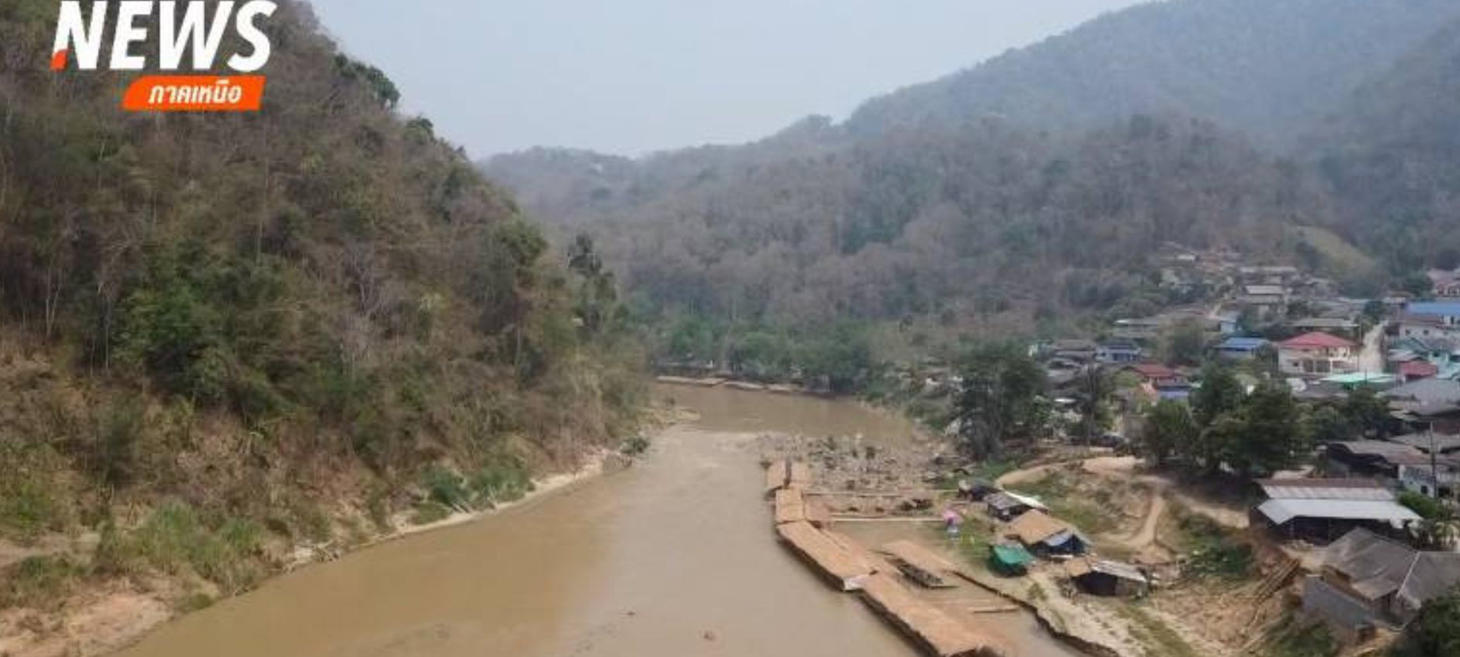
Chinese Gold Mining in Myanmar’s Shan State Blamed for Arsenic in Kok River
People living along the Kok River in Thailand's Chiang Mai and Chiang Rai provinces are advised against using the water due to excessive arsenic levels, which are believed to originate from extensive gold mining in Mong Hsai town in Myanmar's Shan state. Water samples from the Kok River in Mae Ai district revealed arsenic content twice the safe level (0.026mg/L compared to the standard 0.01mg/L) and the water is significantly cloudier, also containing cadmium and lead. Drinking this contaminated water can cause stomach upsets, skin rashes, and long-term exposure can be carcinogenic. According to a Myanmar human rights organization, gold mining in Shan State only began in 2020 with the arrival of Chinese companies, and currently, four such companies are involved in open-pit mining near the Kok River, discharging untreated water back into the river. Test results for water samples from the Muang district of Chiang Rai province are expected soon.